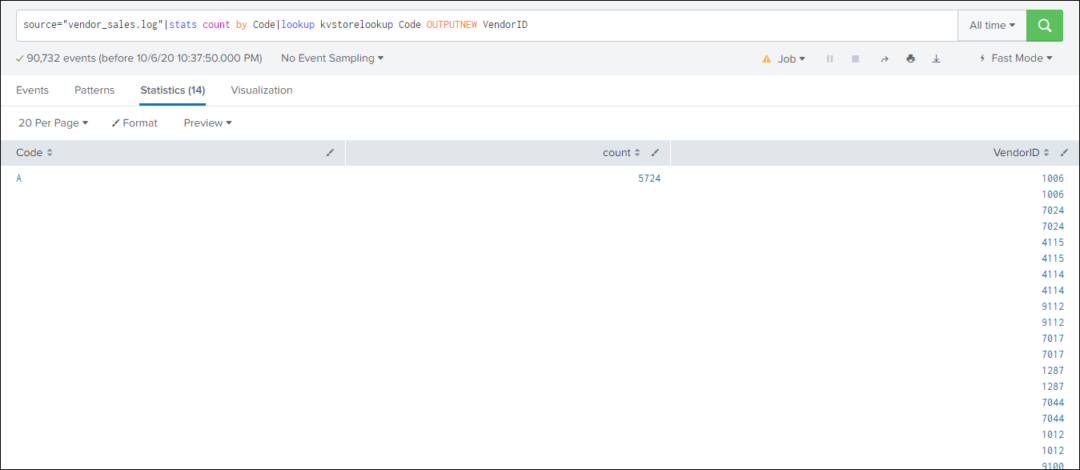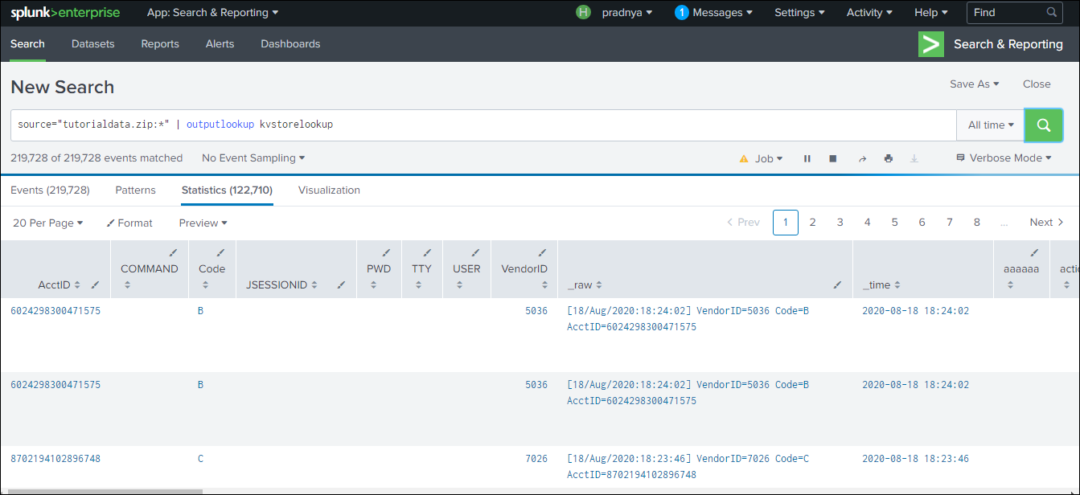
It is a single entry of data and can have one or multiple lines. easa pilot age limits cabin rentals with atv trails in ny. Answer: An event is a set of values associated with a timestamp.

Use lookup to match event data from earlier in the search pipeline to data in a KV Store collection. Use outputlookup to write search results from the search pipeline into a specific KV Store collection. Best practice is to use a KV Store lookup when you have a large lookup table or a table that is updated often. Use inputlookup to get search results from a KV Store collection. KV Store Lookup: KV Store lookup, Matches fields in your events to fields in a KV store collection and outputs corresponding fields in that collection to your events. CSV lookups can be invoked by using the following search commands: lookup, inputlookup, and outputlookup. CSV inline lookup table files, and inline lookup definitions that use CSV files, are both dataset types.

The general workflow for creating a CSV lookup in Splunk Web is to upload a file, share the lookup table file, and then create the lookup definition from the lookup table file. CSV lookups are best for small sets of data. They are also referred to as static lookups. They output corresponding field values from the table to your events. CSV type lookup are file-based lookups that match field values from your events to field values in the static table represented by a CSV file.


 0 kommentar(er)
0 kommentar(er)
